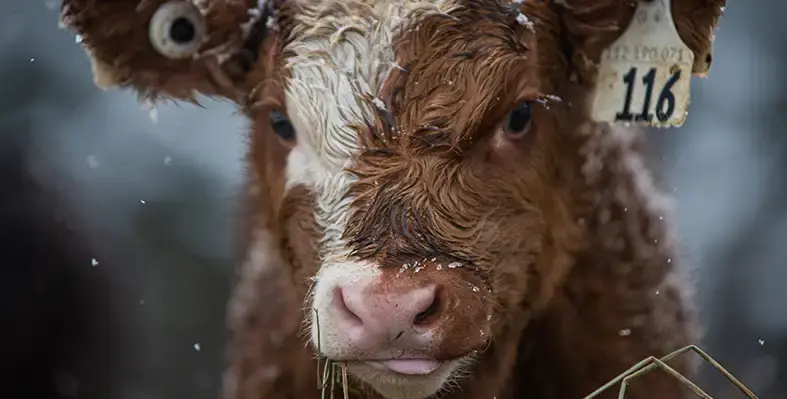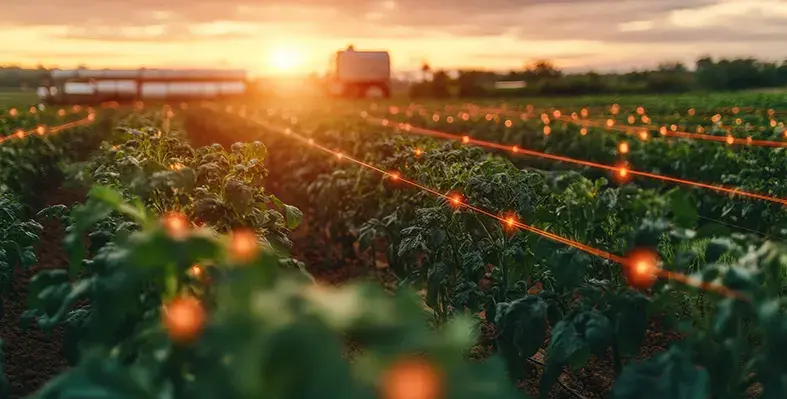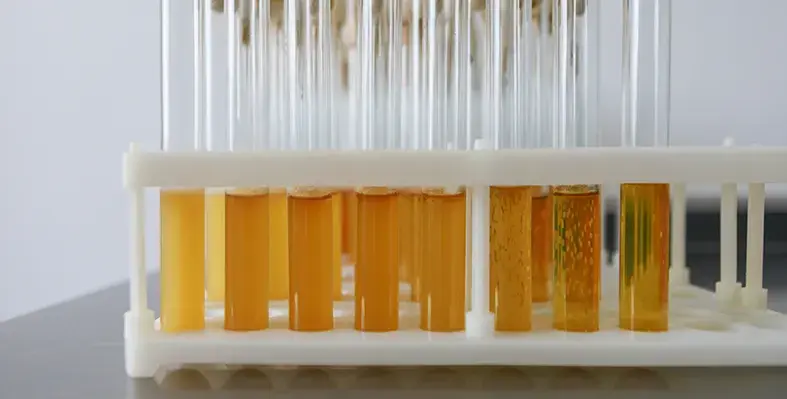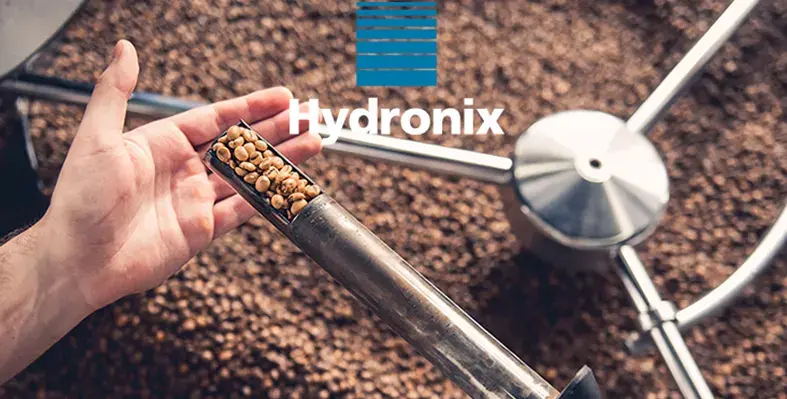Indonesia’s ministry of communication and digital (Komdigi) has reached out to China for cooperation in using artificial intelligence (AI) in the agriculture and fisheries sectors.
The announcement was made by Minister Meutya Hafid on July 27, 2025.
According to Hafid, some areas of agriculture in Indonesia are already using AI. However, she believes China’s support could help strengthen these technologies and increase productivity in farming and fisheries - two key sectors for the country.
The partnership is also expected to include broader cooperation in digital infrastructure and education. One of the main goals is to create stronger ties between universities in both countries.
Indonesia is especially interested in working with China’s Tsinghua University, one of the world’s top institutions for technology and innovation. Ismail, the Secretary-General of Komdigi, said that there are plans to encourage the university to open a branch in Indonesia that would focus on AI training and education. He noted that many young Indonesians are already studying there, and bringing the university closer could benefit local talent development.
The Indonesian government emphasized that it remains open to collaborating with any nation, as long as its laws and digital policies are respected. Komdigi continues to push forward with digital transformation efforts to improve various sectors of the economy through international partnerships.









